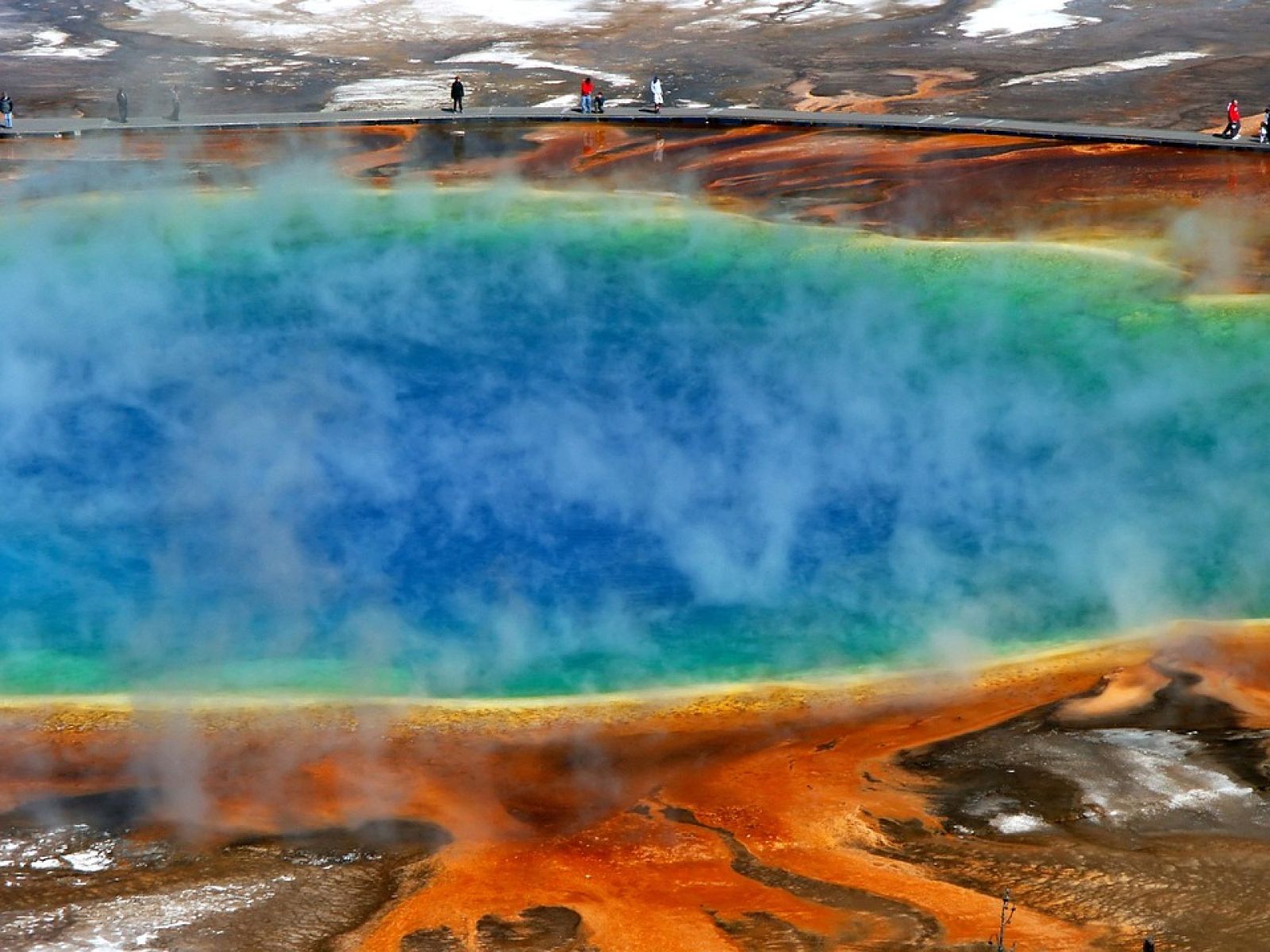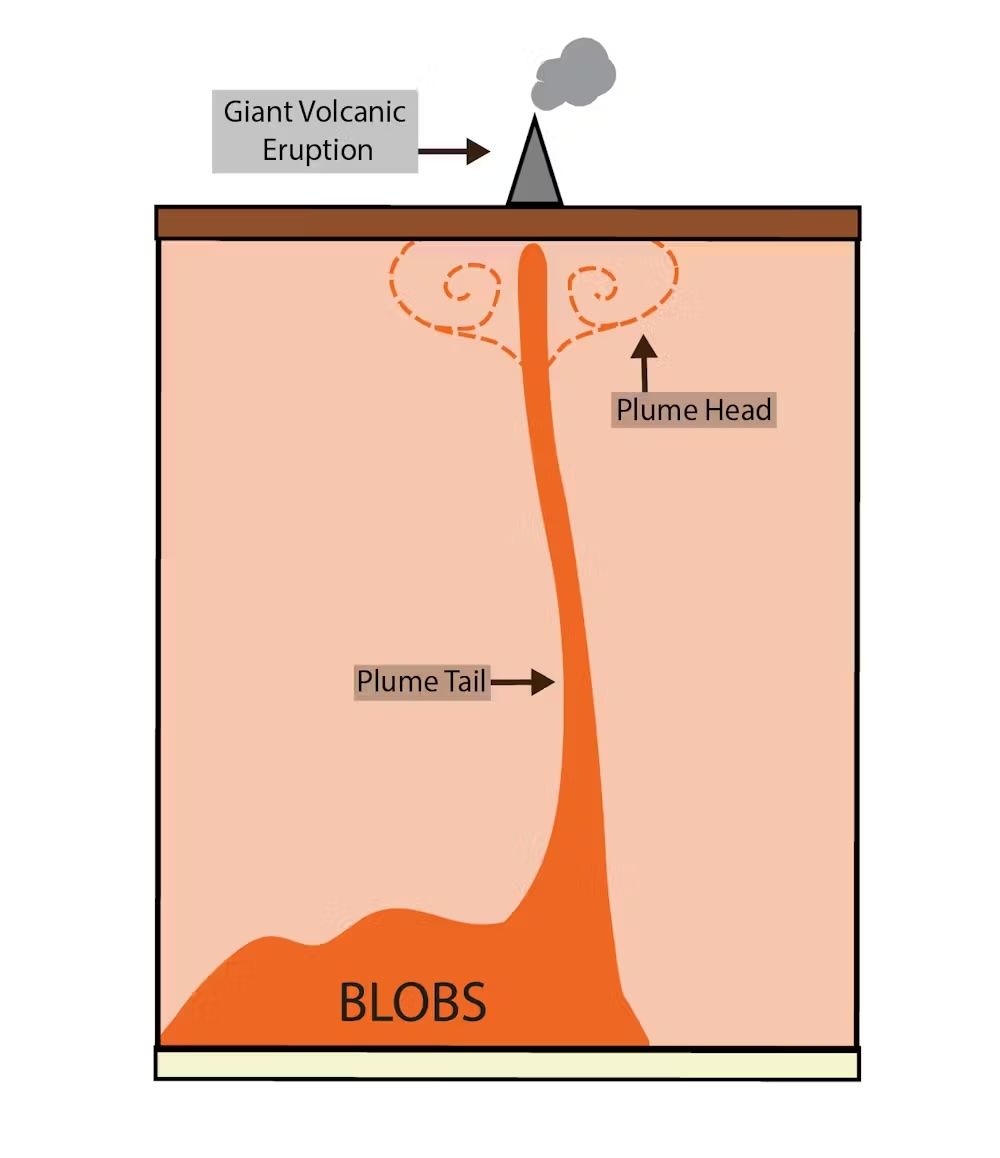🌋 BLOBS are moving beneath our feet: structures behind cataclysmic eruptions
Follow us on Google News (click on ☆)

Morning Glory Pool, Yellowstone National Park, Hot Spring.
Illustration image Pixabay
The question then arises: what fuels these colossal eruptions, and how does material reach the surface from the depths of the planet? A recent study published in Communications Earth and Environment provides some answers.
Researchers have identified columns of hot rock, rising nearly 1,864 miles (3,000 km) through Earth's mantle. These structures, called BLOBS, are linked to continent-sized source regions located at the base of the mantle.
BLOBS, an acronym for Big LOwer-mantle Basal Structures, may have existed for hundreds of millions of years. Their exact nature and mobility remain subjects of debate among scientists. Simulations show that mantle plumes, resembling lollipops, connect these BLOBS to giant eruptions.
The study's results suggest that BLOBS are not static but move slowly, influencing the location of major volcanic eruptions. This discovery opens new perspectives on our planet's internal dynamics.

Credit: Nicolas Flament, Annalise Cucchiaro
How do BLOBS influence volcanic eruptions?
BLOBS, these hot regions at the base of Earth's mantle, play a key role in the formation of mantle plumes. These plumes transport hot rock toward the surface, where reduced pressure allows partial melting of the rock, leading to volcanic eruptions.
The size and position of BLOBS determine the scale and location of eruptions. Simulations show that their movement, though slow, can significantly alter the distribution of hotspots on Earth's surface.
Studying these deep structures helps us better understand long geological cycles and their impact on climate and the biosphere. BLOBS are thus a key piece in the puzzle of Earth's dynamics.
Mantle plumes
A mantle plume is a column of hot rock rising through Earth's mantle. Unlike lava, which is already molten, plumes transport solid rock that only melts as it nears the surface.
The characteristic shape of plumes, with a wide head and narrow tail, explains why some eruptions cover vast areas while others form chains of volcanoes. Plumes are responsible for some of the most massive eruptions in Earth's history.